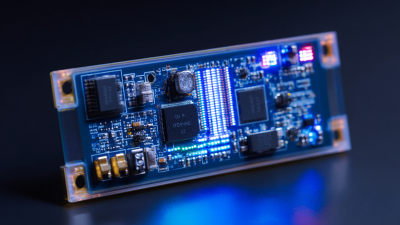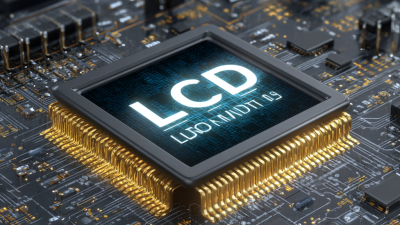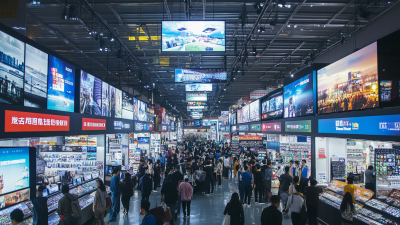Leave Your Message
The evolution of display technology has been significantly influenced by the advancements in LCD modules, which are integral to a diverse range of applications from consumer electronics to industrial interfaces. According to a recent report by MarketsandMarkets, the global LCD module market is projected to reach $115 billion by 2025, driven by the rising demand for high-resolution displays in smartphones, televisions, and automotive systems. Innovations such as increased energy efficiency, improved color accuracy, and enhanced durability are reshaping the capabilities of LCD modules and setting new industry standards.
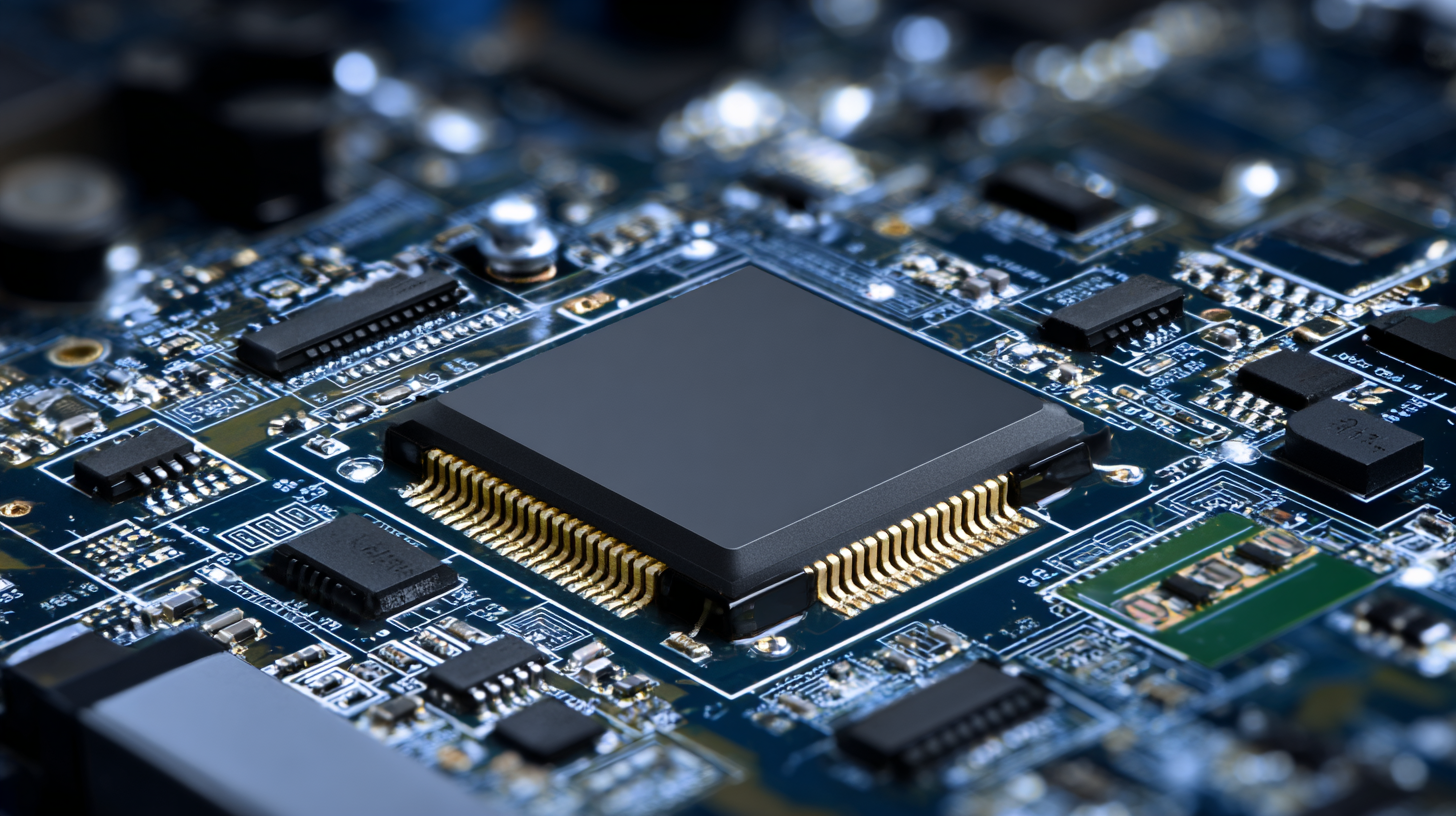
Furthermore, the development of advanced technologies, including OLED and mini-LED, challenges LCDs but also pushes manufacturers to innovate continuously, ensuring that LCD modules remain a vital component in the competitive display technology landscape. As we explore the future of LCD modules, it is evident that innovation is crucial to meeting the evolving demands of consumers and industries alike.
The landscape of LCD module design is rapidly evolving, driven by innovative trends that enhance visual performance and durability. Recent collaborations in the industry highlight significant advancements, particularly with the integration of full-color augmented reality (AR) technologies.
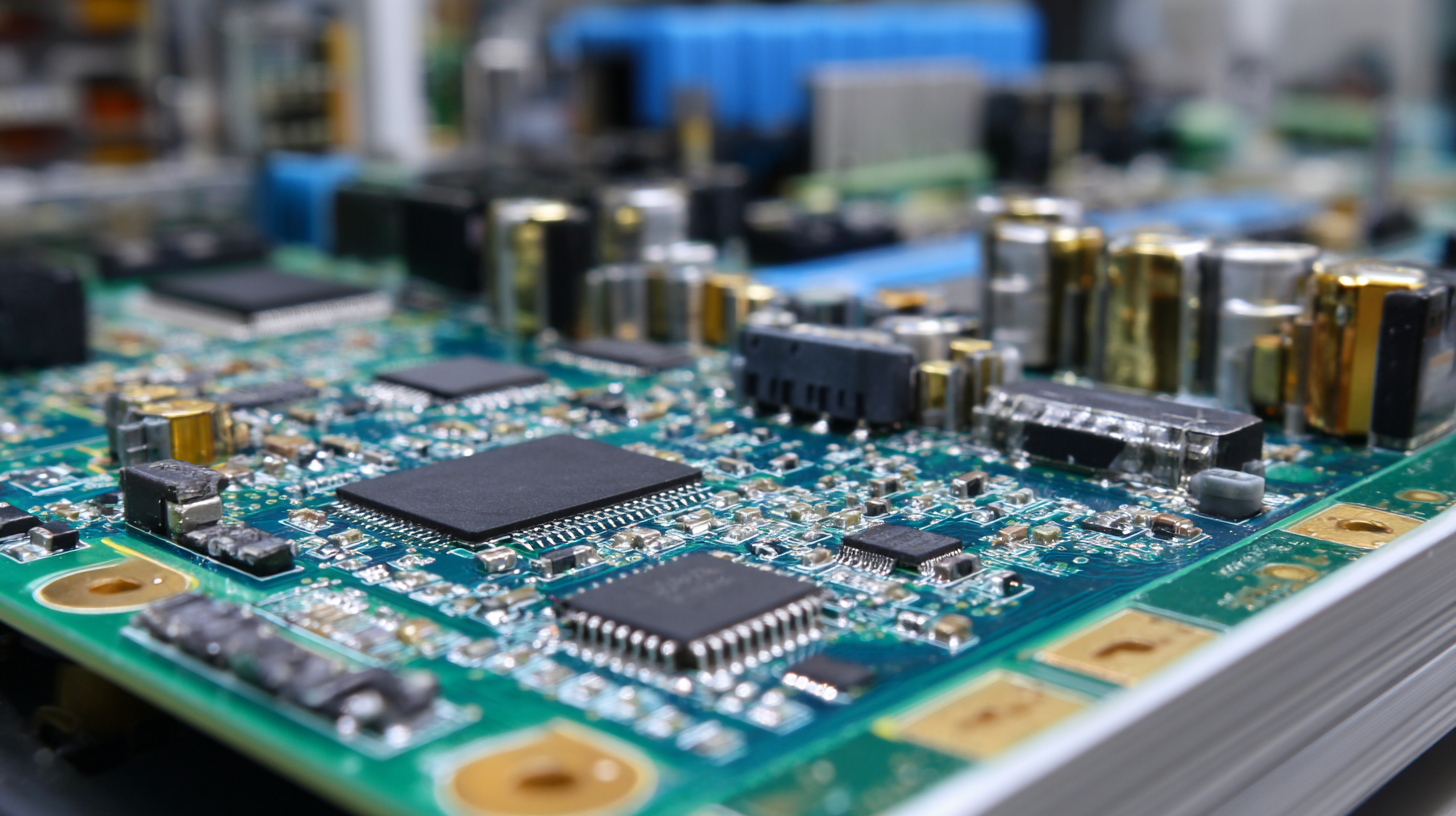 For instance, a partnership aiming to overcome AR display quality bottlenecks is paving the way for more vibrant and dynamic visual experiences. This collaboration marks a pivotal moment, signifying the potential for AR applications to deliver enhanced clarity and immersion that consumers demand.
For instance, a partnership aiming to overcome AR display quality bottlenecks is paving the way for more vibrant and dynamic visual experiences. This collaboration marks a pivotal moment, signifying the potential for AR applications to deliver enhanced clarity and immersion that consumers demand.
Moreover, the ongoing discussions at industry events reflect a growing enthusiasm for micro LED technologies and their applications in diverse fields. As new displays are unveiled, the focus is not just on pixel density but also on the environmental resilience of these modules, which is crucial for both consumer electronics and commercial displays. The emphasis on robust design paired with advanced visual capabilities showcases an exciting era for LCD modules, shaping the future of how users engage with digital content across various platforms.
Advancements in manufacturing techniques are crucial for the mass adoption of LCD modules, particularly as the industry shifts towards more cost-efficient production methods. AEM's innovation in utilizing anion exchange membrane electrolysis technology for hydrogen production exemplifies this trend. This technology fosters scalability and efficiency, providing flexible and high-performance solutions that are particularly beneficial in green manufacturing sectors. As manufacturers increasingly harness big data for optimization, the integration of advanced Industry 4.0 technologies—such as IoT, AI, and cloud computing—further enhances production capabilities.
Additionally, the push for low-carbon hydrogen production is transforming the landscape for various industries, especially cement manufacturing. Hydrogen, due to its versatile application and extensive availability, is emerging as a highly effective alternative fuel, facilitating significant reductions in carbon emissions. The focus on developing cost-effective methods for hydrogen production not only drives sustainability but also positions manufacturers for future growth as they adapt to evolving market demands and regulatory environments. This combination of innovative technologies and environmentally conscious practices is reshaping the dynamics of display technology manufacturing and beyond.
This chart illustrates the impact level of various innovations in LCD module manufacturing techniques. The focus is on how advances in automation, materials, eco-friendliness, cost-reduction, and quality control are reshaping the future of display technology.
The integration of smart technologies into LCD modules is revolutionizing display technology, propelled by the rapid growth of the Internet of Things (IoT) and artificial intelligence (AI). According to a recent market research report by MarketsandMarkets, the global IoT market is projected to grow from $300 billion in 2020 to over $1 trillion by 2026, representing an annual growth rate of approximately 25%. This surge in connected devices is driving demand for advanced LCD modules that can seamlessly communicate and interact in smart environments.
Furthermore, the incorporation of AI into LCD modules enhances not only functionality but also user experience. A study by Grand View Research indicates that the AI display market is expected to reach $22.1 billion by 2025, with a compound annual growth rate (CAGR) of 35.5%. Smart features such as adaptive brightness control, personalized content delivery, and predictive maintenance are becoming standard, allowing manufacturers to deliver more responsive and interactive displays. This convergence of IoT and AI within LCD technology is paving the way for smarter, more efficient displays that cater to diverse applications across various industries, including healthcare, retail, and smart cities.
Sustainable practices in LCD production are becoming increasingly important as the demand for eco-friendly technology rises. Manufacturers are exploring the use of biodegradable and recyclable materials to minimize environmental impact. For example, incorporating materials like recycled plastics and sustainable glass can significantly reduce the carbon footprint of LCD modules. These innovations not only contribute to a cleaner environment but also respond to consumer preferences for sustainable products.
Tip: When selecting LCD products, look for certifications such as Energy Star or EPEAT to ensure that they meet environmental standards.
Moreover, advancements in processing techniques are playing a crucial role in promoting sustainability within the industry. Techniques like water-based inks and adhesives are gaining traction, which are less harmful to both the environment and workers. Additionally, improving energy efficiency during production can lead to substantial resource savings. As the industry evolves, these eco-friendly practices are expected to become standard, ultimately reshaping the landscape of display technology.
Tip: Stay informed about manufacturers who prioritize sustainability in their production processes for greener purchasing decisions.
The market for LCD modules is poised for significant growth, with projections indicating an impressive compound annual growth rate (CAGR) of around 6% from 2023 to 2030. This expansion is largely driven by increasing demand across various sectors, including consumer electronics, automotive displays, and industrial applications. According to a recent report by Grand View Research, the global LCD display market size was valued at approximately $110 billion in 2022, and is expected to reach $160 billion by 2030, underscoring the crucial role LCD technology continues to play in display solutions.

In addition to growing consumer markets, innovations in LCD technology such as enhanced energy efficiency, improved color accuracy, and thinner displays are creating new opportunities. Industry leaders are investing heavily in R&D to develop next-generation LCD modules that meet the evolving requirements of high-resolution displays and smart devices. For example, the transition to 4K and 8K resolutions in televisions and monitors is pushing manufacturers to integrate advanced LCD technologies that provide crisp visuals while minimizing power consumption. This trend reflects a broader commitment within the industry to not only meet consumer expectations but also align with sustainability goals, paving the way for a bright future for LCD modules through the end of the decade.
